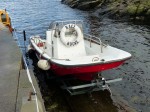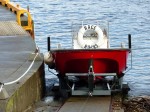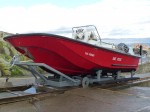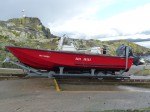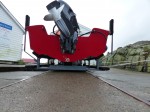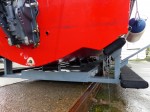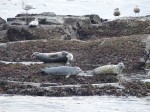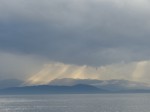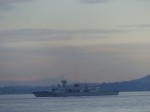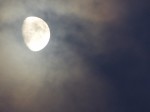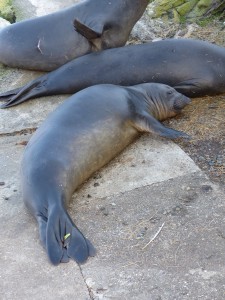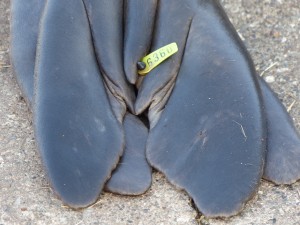-
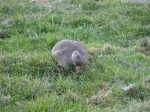
-
Greater White Fronted Goose. Juvenile, and without the obvious white front on the beak
-
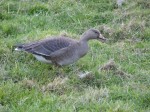
-
Greater White Fronted Goose. Juvenile, and without the obvious white front on the beak
-
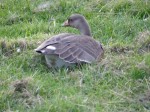
-
Greater White Fronted Goose. Juvenile, and without the obvious white front on the beak
A single, juvenile Greater White Fronted goose (Anser albifrons) arrived a few days ago and has been rustling around the middle of Greater Race Rock. This species was also documented at Race Rocks on May 2012, May 2007 and September 2007. Thanks Ann for verifying the species.
At the end of September a juvenile elephant seal was on the jetty for roughly a week. It had the classic signs of a scabby molt. Scabby molt is a skin disease that attacks elephant seals between the ages of eight months and two years old. Two-year-old elephant seals often suffer from a skin disease known as the northern elephant seal skin disease or NESSD for short. This form of dermatitis is also often referred to as scabby molt. This ulcerative skin disease can either infect a small portion of the fur and underlying skin or spread to cover up to 60% or more of this outer protective layer. Although, in most cases, the elephant seals heal up without any further problems, sometimes, secondary bacterial infections and/or sepsis can lead to death.
Check out this link to a paper by Beckamn et al, 1997 that describes this disease.
-
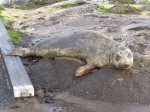
-
Juvenile Elephant seal scabby molt
-
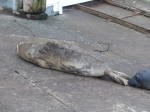
-
Juvenile Elephant seal scabby molt
-
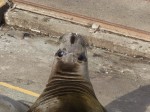
-
Elephant seal looking behind itself
-
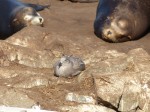
-
Juvenile Glaucus winged gull and sea lion friends
-
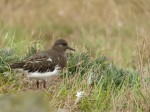
-
Black Turnstone
-
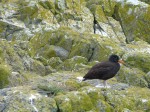
-
Oyster Catcher
-Ran desalinator
-Washed solar panels
-Washed exterior windows on Student house
-Tidied Student house basement and bathroom
-Hung pictures in student house
-Fixed underwater camera issue with help from Jonathan

